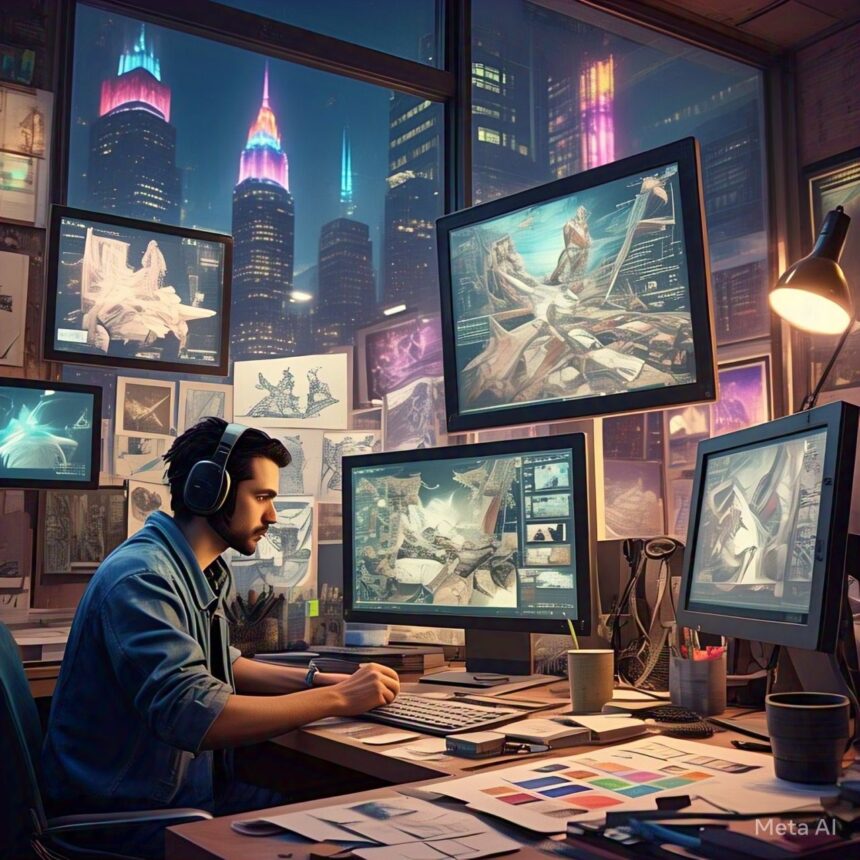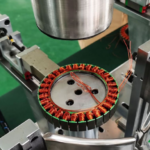In the ever-evolving world of video game development, visual aesthetics play a pivotal role in creating engaging and memorable player experiences. One of the most important elements in shaping the visual direction of a game is concept art. Particularly in the development of stylized games, concept art serves as the foundation upon which the entire look and feel of the game are built. This article explores the significance of concept art in stylized game development and how it influences the visual appeal, gameplay experience, and overall success of a game.
What is Concept Art?
Concept art refers to the initial designs and visual representations created during the early stages of a video game’s development company uk process. It is a blueprint that helps designers, artists, and developers understand the game’s aesthetic direction. Concept art can include character designs, environments, props, color schemes, and more. Its role is to convey the game’s mood, style, and overall look before the final assets are created.
The Importance of Concept Art in Stylized Games
Stylized games are known for their unique, often exaggerated visual styles that stand apart from realistic or hyper-realistic games. These games focus on artistic expression, pushing the boundaries of design to create something visually striking and memorable. Here’s how concept art plays a crucial role in the development of stylized games:
1. Defining the Visual Style
Concept art’s first and most important role in stylized games is defining the game’s visual style. Whether it’s a minimalist design, cartoonish, cel-shaded, or abstract, concept art provides the first glimpse into how the game’s world and characters will look. Concept artists can set the tone for the entire game by experimenting with various styles and visual themes, ensuring consistency in all visual aspects.
For example, a game like The Legend of Zelda: The Wind Waker uses cel-shading to create a vibrant, cartoon-like world, a look that is immediately distinct from the more realistic tones of other games. The concept art for such games will focus on exaggerated proportions, bright colors, and bold outlines, giving the artists a framework to develop the final visual assets.
2. Guiding the Design Process
Game Concept Art Services guides the entire design team, ensuring that the game’s vision is communicated clearly across different departments, including 3D modeling, animation, and texture artists. This guidance is particularly important in stylized games as the unconventional art style often requires a cohesive approach to maintain the game’s unique visual identity.
For example, character designers will reference concept art to create models that fit the stylized look. In contrast, environmental artists will look to concept art for the right color palette and mood to translate into the game’s environments. Without concept art, the team may face difficulties maintaining consistency across all game elements.
3. Testing Different Visual Styles
One of the key advantages of concept art in stylized game development is its ability to test and explore different visual styles before committing to a specific direction. Concept artists can experiment with various designs for characters, environments, and objects, allowing the game development team to refine and select the style that best resonates with the gameplay mechanics, story, and intended audience.
This flexibility is essential for stylized games because they often take creative liberties with their art direction. For example, a game that leans into a whimsical, dream-like style can be guided by concept art that tests varying degrees of surrealism and abstraction, helping developers understand how these elements can be integrated effectively into gameplay.
4. Enhancing Player Immersion
The visual style of a stylized game is not just about looking appealing—it’s also about creating an immersive experience that draws players into the game world. Concept art helps ensure the game’s visual elements align with its narrative and gameplay mechanics. In stylized games, where the art often evokes specific emotions or themes, concept art plays a key role in shaping how players connect with the game world.
For example, a stylized fantasy game may use concept art to establish a mystical atmosphere with lush forests, glowing magical elements, and mythical creatures. The visual design of these elements sets the tone and deepens the game’s emotional impact on the player, enhancing immersion.
5. Efficiency and Cost-Effectiveness
In the early stages of development, creating concept art allows for experimentation without committing extensive resources to 3D modeling or animation. Concept art helps save time and costs by resolving visual issues early in the development cycle. Stylized games, with their distinctive art styles, often require extensive refinement, and concept art is a vital tool for streamlining this process.
Once the visual style has been finalized, the game development team can create in-game assets more efficiently, knowing that the design is already well-established. This reduces the likelihood of costly revisions later in development, making concept art an essential component of any stylized game development pipeline.
How Game Concept Art Services Play a Role
Professional game concept art services are invaluable to developers, especially when working on stylized games. These services bring in highly skilled artists with expertise in visual storytelling, style exploration, and design refinement. They can help bring your game’s creative vision to life, providing a solid foundation for the rest of the development process.
When partnering with a game development company in the UK that offers concept art services, you benefit from their extensive experience and understanding of global trends and local market needs. A skilled game development company in the UK can help you navigate the intricacies of creating visually stunning games that stand out in a competitive market. They can offer expert guidance on balancing creativity with technical requirements, ensuring that the final product is visually appealing and functional.
Conclusion
Concept art is an essential aspect of developing stylized games, serving as the backbone of the game’s visual direction. It helps define the style, guide the design process, and ensure that the game’s aesthetic remains consistent and immersive. For game developers looking to create standout, visually unique games, working with professional game concept art services and a reputable game development company in the UK can make all the difference. By leveraging concept art, developers can lay the groundwork for an unforgettable game experience that resonates with players long after they put down the controller.






